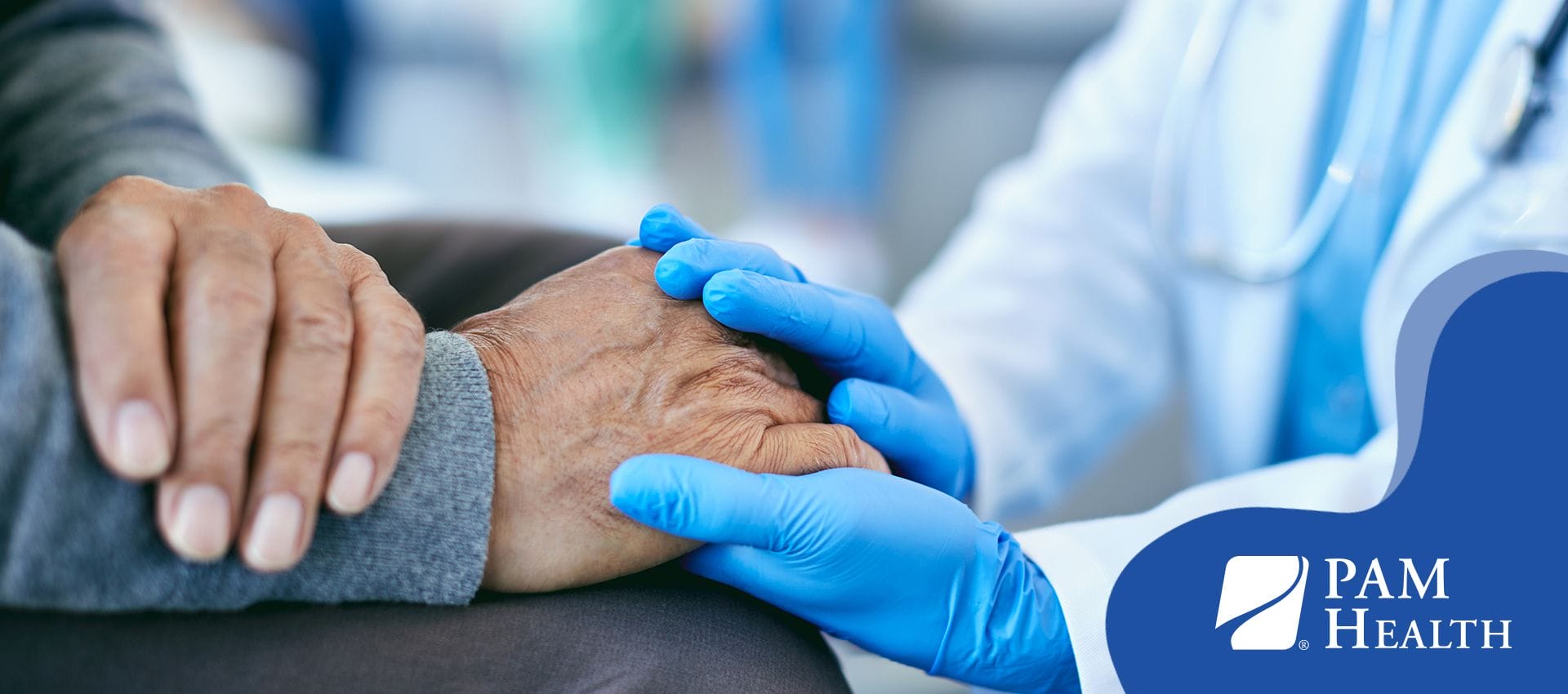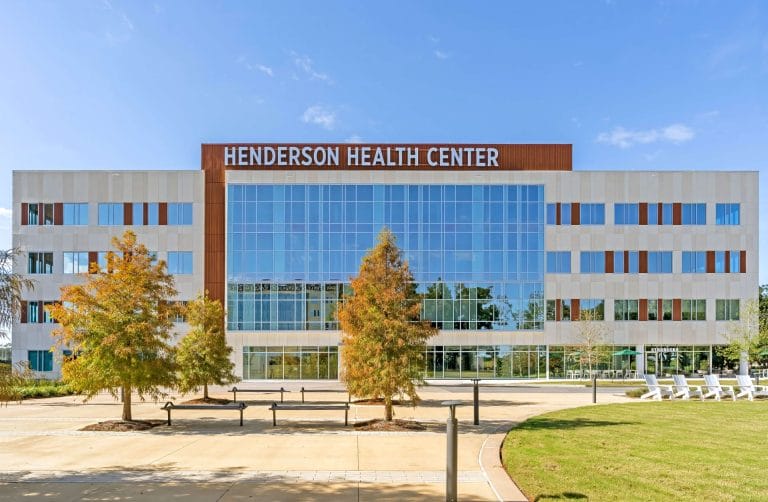
For nearly one million Americans — tremors, slowed movements, stiff muscles, and changes in speech or writing were the first signs of a change, the first signs of Parkinson’s disease.
Caused by a combination of genetic, lifestyle, and environmental factors, Parkinson’s disease is a neurodegenerative disorder impacting the brain. Symptoms of Parkinson’s develop slowly and can vary from one person to another.
Explore Parkinson’s Rehabilitation Offered by PAM Health
After a patient is diagnosed with Parkinson’s, it is important to understand the disease and its progression. As a degenerative disorder, brain cells producing dopamine stop working or die. Because of this, patients experience a loss in function. Typically, the early signs of Parkinson’s actually occur later in the disease’s progression after a significant amount of midbrain neurons have already been lost or impaired.
In addition to the motor symptoms, or symptoms related to movement, some Parkinson’s patients also experience non-motor symptoms including constipation, gastrointestinal issues, urinary problems, mood changes, sleep disturbances, cognitive defects, vision problems, or loss of smell or taste.
The goal of Parkinson’s Disease Awareness Month is to raise awareness and improve the lives of people affected by it. As one of the most common neurodegenerative disorders in the world, programs have been created to maximize a Parkinson’s patient’s ability to function and maintain their highest quality of life.
At PAM Health, Parkinson’s patients receive individualized inpatient or outpatient care. Speech, occupational, and physical therapy can improve motor and non-motor functions. With rehabilitation, patients can often delay symptoms, increase strength and endurance, improve balance, manage pain, decrease anxiety, and elevate their energy levels.
In addition to therapy, lifestyle changes — including an increased focus on nutrition or sleep quality — can help reduce symptoms. The best outcomes result from comprehensive care, and the PAM Health team is here to help.
Find a PAM Health Location Near You


